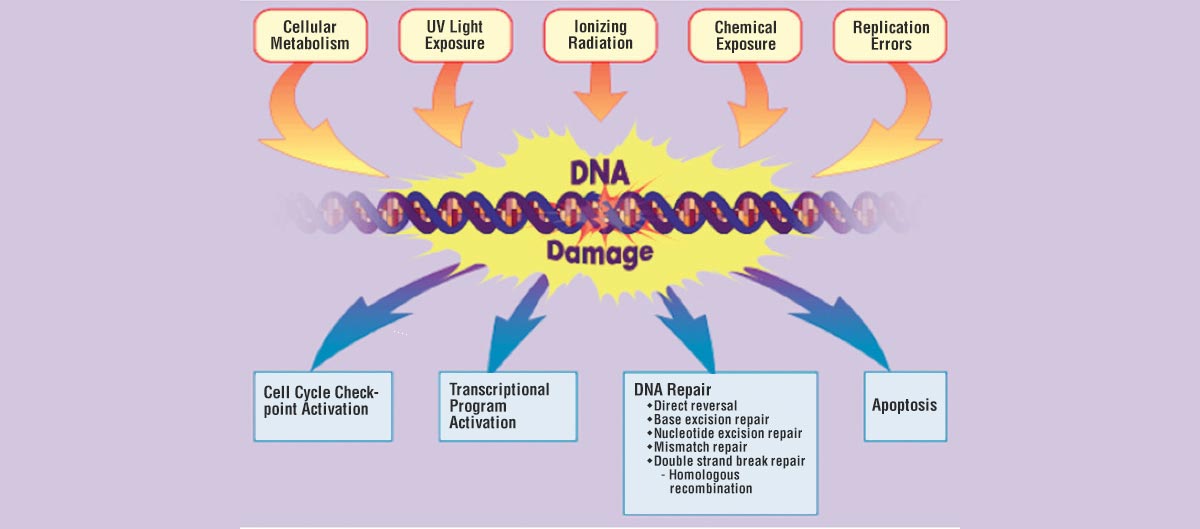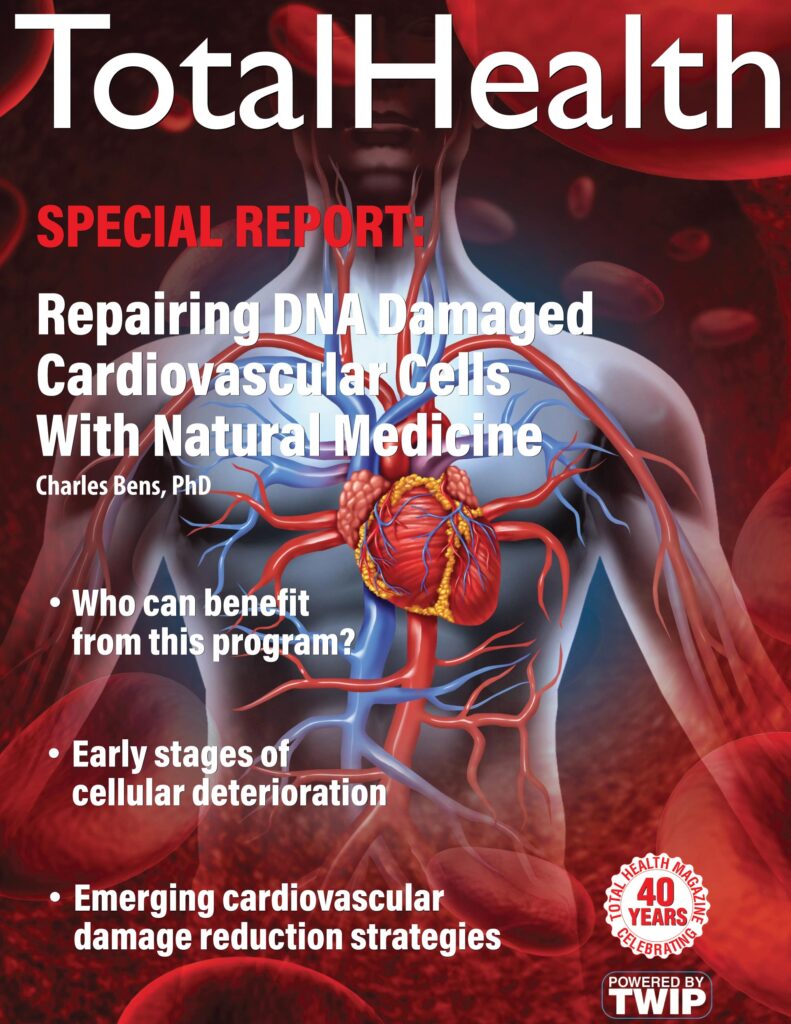
How to Measure the Early Stages of Cellular Deterioration
There are several proven assessment tools that can be used to determine if cells are moving towards chronic illness such as heart disease or heart damage caused by COVID infection or vaccine injections.
1. Vitamin D3– This blood test measures the level of vitamin D3 in the blood, which is crucial for the prevention and treatment of many diseases. VitaminD3 has been shown to activate many cancer prevention genes. Women with high levels of vitamin D3 (60-90 ng/ml) have an 82% lower risk for breast cancer. Vitamin D3 has also been shown to be very useful in the prevention and treatment of heart disease and viral infections.
2. GlycoMark test– This is an easier and faster way to assess the after–meal influence of glucose increases. In one draw, it can determine the 90–day pattern of glucose increases after meals with either 1,5–AG from serum or EDTA plasma blood sample.
3. Homocysteine– This is a great test to determine if the body has adequate levels of B vitamins, especially B6, B12 and folic acid. Deficiencies in these vitamins often indicate future mental challenges, hormone related diseases, potential birth defects, and cardiovascular system inflammation many other health challenges.
4. C–reactive protein– Inflammation is involved in many chronic diseases and can provide an early warning for heart disease and many other chronic diseases. Inflammation is often caused by the presence of free radicals in the body, which are molecules with an unpaired electron. High C–reactive protein levels are an early warning sign for heart disease, cancer, and many other chronic illnesses.
5. 8–OHgD test– Damage to cellular DNA is caused by toxins. Toxins such as chemicals in air, water or food, as well as various forms of radiation, can accumulate in the body. This accumulated level of toxins can lead to SNP’s (Single Nucleotide Polymorphisms) and damage to the DNA in the nucleus of our cells. The urine test 8–OHgD can measure the extent of this damage, thus providing an early warning of disease including cancer.
6. Galectin 3– This fibrosis molecule is found in our blood in small amounts. However, an elevation of this molecule can indicate the possible growing evidence of heart failure, inflammation, and cancer. Galectin 3 is found to be over–expressed on the surface of cancer cells, and actually helps the cancer cells to stick to one another. It also circulates in the blood, indicating that cancers are attempting to spread or metastasize. Because it can indicate the possibility of multiple diseases, including cardiac related illness, it should not be used alone to measure the presence or the spread of cancer or heart disease.
7. Oxygen test– A finger oxygen meter can measure circulating oxygen. Oxygen is crucial to the production of energy in the mitochondria where oxygen and glucose are combined. If oxygen levels are low, then the mitochondria do not produce enough energy and cells are not able to function properly. Finger meters use a 100–point scale and the desired level is from 96 to 100. As the level of oxygen drops, the seriousness of the cellular challenge increases. Circulatory restriction is usually the primary cause of reduced oxygen levels, although the presence of the Corona Virus is also a possible cause.
8. Cortisol– Cortisol is a steroid hormone released by the adrenals when the body is experiencing stress. There are many other reasons why cortisol levels can fluctuate, however stress is one of the most significant reasons. Cortisol increases blood sugar, suppresses the immune system, fights inflammation, and inhibits bone formation.
9. Vascular Endothelial Growth Factor (VEGF)– This test measures the amount of endothelial growth factor in our blood, which helps to encourage the growth of new blood vessels. VEGF increases when the body needs more oxygen, which is why the lungs often show higher levels than other parts of the body. In most situations new blood vessels are not necessary. However, when a tumor is beginning to form VEGF levels will increase in order to produce the new blood vessels needed. Elevated VEGF levels may occur before most cancer tests can actually detect the presence of cancer cells.
10. Gamma–Glutamyl Transferase (GGT)– Elevated serum levels of GGT are markers of oxidative stress, often associated with factors such as increased alcohol consumption, heavy metal exposure, heart disease and diabetes. This enzyme is found in many organs in the body, with higher concentrations found in the liver where it helps to deliver cysteine for the intercellular synthesis of glutathione, one of the bodies most important antioxidants. Elevated levels of GGT can also be associated with a higher risk of cancer.
11. Magnesium RBC– This the best test to measure the level of magnesium in the body. Magnesium has many responsibilities, but one of the most important ones is its ability to transport glucose and insulin into cells to be used as energy. Circulating glucose can cause diabetes and damage to arteries, possibly resulting in stroke and heart disease. It can also contribute to the formation and feeding of cancer cells. Higher levels of magnesium can help to prevent cancer, heart disease and many other chronic illnesses.
12. Vitamin C– This blood test measures Vitamin C levels. This vitamin is a powerful, water–soluble antioxidant that supports our immune function by shielding the DNA in our cells from free radical damage. It also reduces free radical damage in our organs and other tissues, by providing an electron to free radicals that are missing an electron and trying to steal an electron from our healthy cells.
13. Coenzyme Q10– CoQ10 comes in two forms, Ubiquinone and Ubiquinol. Its primary functions are to boost energy levels on the mitochondria of our cells, and provide antioxidant protection for the DNA in the nucleus of our cells. CoQ10 is therefore crucial to the function of the liver, which detoxifies our body and helps to manufacture key nutrients needed to support our immune system. CoQ10 is especially important to organs such as the heart, liver, kidneys, lungs and pancreas.
14. Fibrinogen– Fibrinogen is a glycoprotein complex, made in the liver. During tissue and vascular injury, it is converted enzymatically by thrombin to fibrin and then to a fibrin–based blood clot. It can help stop bleeding, but also be a key factor in plaque production.
15. D–dimer– This test looks for D–dimer in the blood; a small protein fragment that can cause clots. These clots can cause deep vein thrombosis, pulmonary embolism or stroke. They can also be used to determine is a COVID–19 infection or vaccine is causing blood clots to form within ten days of diagnosis or injection.
16. Omega 3/6 ratio– This blood test measures the ratio of omega 3 to omega 6 fatty acids in the body. Omega 3 is anti–inflammatory while omega 6 is pro– inflammatory. Too much omega 6 means the body is vulnerable to illnesses such as heart disease, cancer, flu and other chronic illnesses. The ideal ratio is one to one.
17. Prothrombin Time Test and INR (PT/INR)– A prothrombin time test measures how long it takes for a clot to form in a blood sample. An INR (international normalized ratio) test is a type of calculation based on the PT test results. Prothrombin is a protein made in the liver that is part of the blood clotting (coagulation) process. These clotting factors work together to form a blood clot. Keeping these factors in balance is a crucial measure of good wound healing, excessive bleeding or the formation of clots that could cause a stroke or a heart attack.
18. MRI Plaque View– This is a relatively new cardiovascular disease measurement tool. It measures the actual morphology of the plaque including multi–contrast identification of plaque compounds such as lipid core, calcification and hemorrhage potential. It also assesses carotid plaque burden such as maximum wall thickness and normalized wall index. Vulnerable plaque can be determined by thrombosis risk, lipid–rich nuclei or any plaque demonstrating fibrous cap rupture. In other words, the MRI Plaque View can see the specific risk of plaque structure (potential lesions) as well as the health of the various levels of the endothelial lining.
19. PULS Cardiac Test– The PULS Cardiac Test predicts the likelihood that a person will have a heart attack within the next five years. It works by detecting the instability of lesion ruptures. PULS stands for Protein Unstable Lesion Signature, and it measures biomarkers in the body’s immune system response. Over time these cellular damage markers identify lesions that can rupture if they become too large. The new mRNA vaccines have now been shown to dramatically increase endothelial inflammation and the risk of acute coronary syndrome (ACS). This condition can occur more rapidly with the influence of this viral related damage then might usually be the case. This type of vaccination seems to induce damage to heart cells leading to cell death and myocardial infraction (heart attack) in people with no previous history of this disease. This damage can be found and measured with the PULS Cardiac Test. This test may be more accurate that cholesterol, calcium and plaque tests, which do not have the same benefits in terms of predictive diagnosis.27
Optimizing the Cellular Repair and Replacement Process
The human body is a complex biochemical structure with many systems and pathways to navigate in order to optimize cellular functions for maintaining good health. Repairing the DNA damage caused by poor nutrition, toxins, radiation, injuries and aging is one of the most complex of these systems. See the basic diagram of this process at the top of this article.
Disclaimer: While this protocol is supported by solid scientific evidence it is always advisable to consult a well-trained and qualified medical professional to ensure that individual biochemistry and conditions are taken into consideration.
Repairing DNA Damaged Cardiovascular Cells with Natural Medicine
| Previous page: Who Can Benefit From This Program | Next Page: Understanding and supporting the repair process elements |


